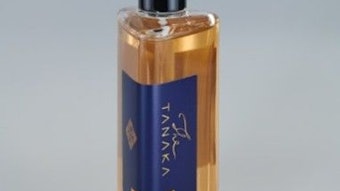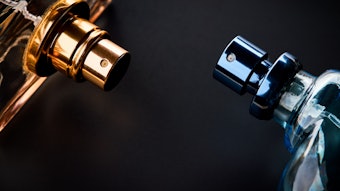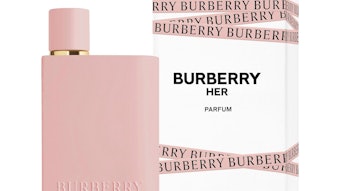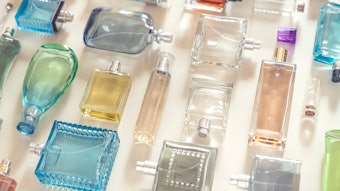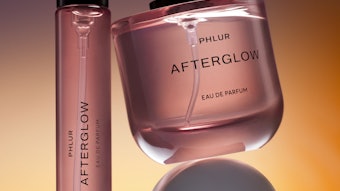The flavor and fragrance industry uses many classes of chemicals, including a number that otherwise are encountered only rarely outside of organic chemistry textbooks. A good example is Schiff bases, named for their discoverer, German chemist Hugo Schiff (1834-1915). A Schiff base, along with by-product water, is formed by reaction of an aldehyde with a primary amine. The amines used in the fragrance industry are methyl anthranilate and ethyl anthranilate, the former being used more commonly. Note that some materials are sold as Schiff bases of indole, a secondary amine, but these evidently are aminals, a different class. The aldehyde may be chosen from the usual suspects: alkyl or aromatic aldehydes, such as decanal and benzaldehyde; terpene aldehydes, such as hydroxycitronellal; or terpene-like aldehydes, such as lilial, triplal, and lyral.
Methyl anthranilate generally gives Schiff bases that are yellow solids or viscous, yellow liquids. For easier handling, an excess of methyl anthranilate is sometimes employed in order to make the product more fl uid, or, at least, lowermelting. The reaction is usually not driven to completion, for the same reason, and also to minimize undesirable darkening. Further, the product may be diluted with common solvents; for example, diethyl phthalate or dipropylene glycol. There are several available methods, but in my own personal experience at Vigon, we remove the by-product water under vacuum, instead of at higher temperature at atmospheric pressure, and use other, proprietary techniques to maintain light color while driving the reaction to a consistent, targeted degree of completion.
Schiff bases aren’t easily analyzed by gas chromatography, so their characterization is confined to odor, color, refractive index, and sometimes specifi c gravity. As part of my investigation, I am trying to develop a way of predicting the refractive index of new Schiff bases.

